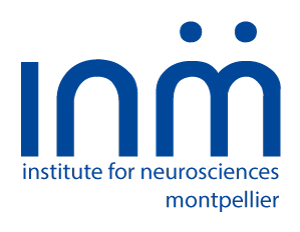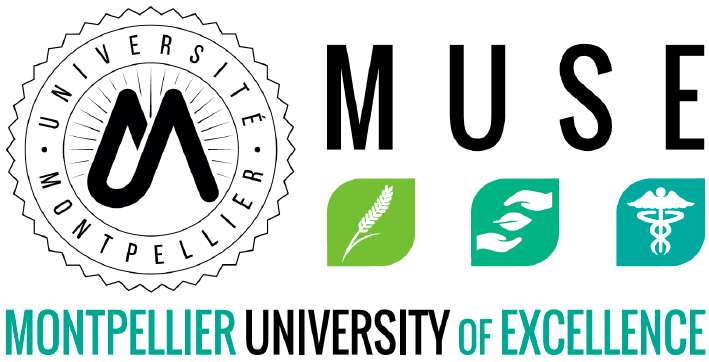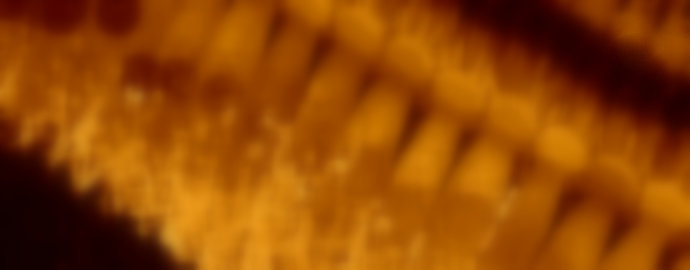Chloride channels and cation-chloride cotransporters play in concert to control neuronal excitability. Loss of function of potassium-chloride KCC3 in humans and mice induces severe sensory-motor neuropathy and decreased KCC2 is responsible for spasticity following spinal cord trauma. Expression of calcium-activated chloride channels in spinal motoneurons could play a role in the control of motoneuron excitability under pathophysiological conditions. Our research goal is to uncover cellular mechanisms linking chloride homeostasis to motoneuron excitability in a neuroinflammatory context.
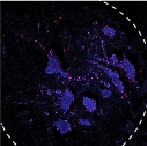
Chloride channels (red) are expressed in motoneurons (blue) at the level of synaptic inputs
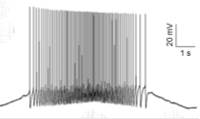
Motoneuron electrical activity.
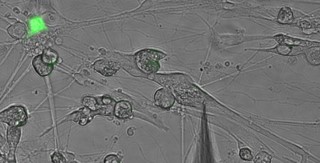
In vitro model of a functional neuromuscular junction to decipher cell-type contributions to early neuromuscular dysfunction in ALS, SMA and Anderman syndrome.
(green, Hb9::GFP motoneuron-phase contrast, SOD1G93A myotube with recording electrode)
Major publications
Soulard C. et al., Cell Rep. 2020
Varga B., et al., Sci Rep. 8(1):5917, 2018
Bowerman M., et al., Neurobiol Dis. 106:35-48, 2017
Bowerman M., et al., Hum Mol Genet. 24(12):3440-56, 2015
Rousset M., et al., Neuropharmacology. 97:201-9, 2015
Benzina O., et al., PLoS One. 9(10):e110687, 2014
Pieraut S., et al., J Neurosci. 31(38):13516-26, 2011
Collaborations
- Csilla Gergely, Charles Coulomb laboratory, Montpellier
- Melissa Bowerman, Keele University, UK
- Pierre Charnet, IBMM, Montpellier
- Pierre-François Méry, IGF, Montpellier


